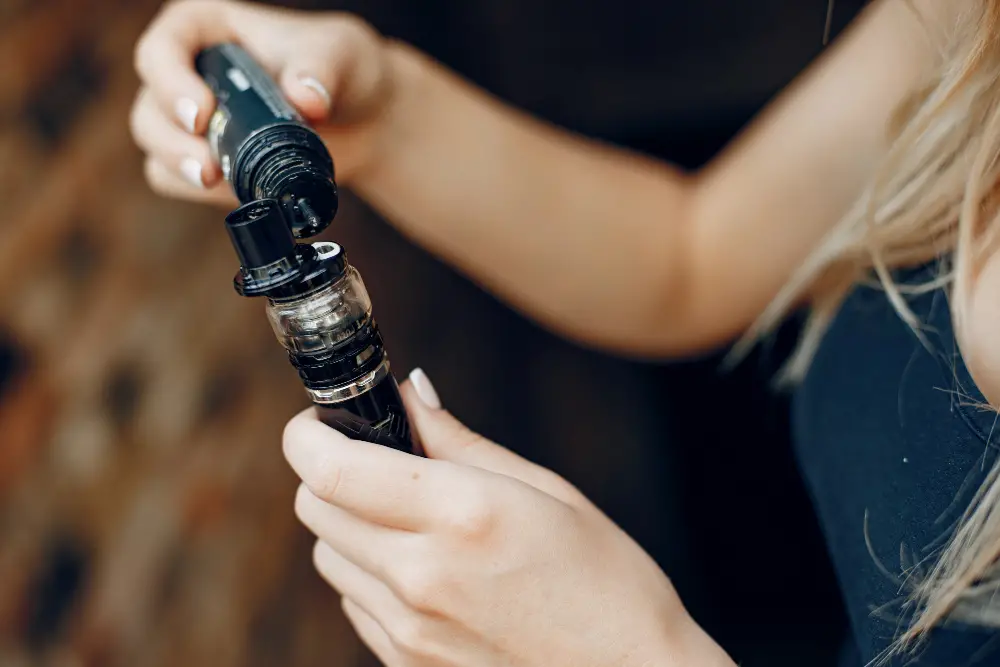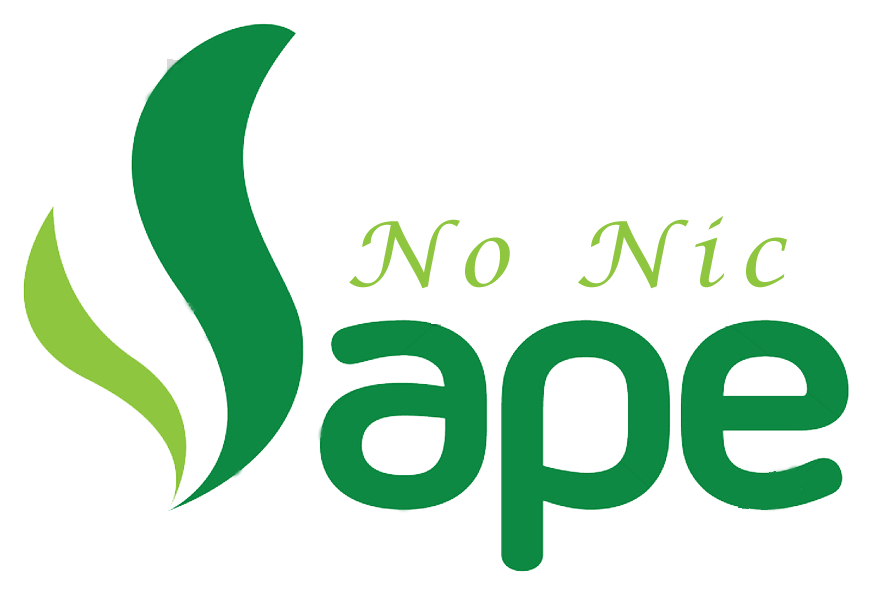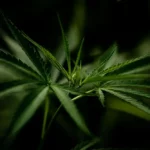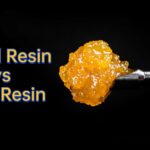Is water vaping with the new specialized water vape juices safer and smoother? Learn the truth about benefits, downsides and safety of this emerging water vape technology.

Contents
Can You Vape Water?
Trying to vape plain water in a standard vaping device simply does not work. At best, you’ll end up inhaling hot, flavorless steam. At worst, boiling water could spray out and burn your mouth.
The reasons standard vape devices struggle with water include:
- Thinness: Water is much less viscous than vape juices, meaning it can leak through coils and flood vape tanks.
- Lack of flavor/throat hit: Plain water has no inherent flavor or throat hit sensation. The vaping experience would be extremely bland.
- Incompatible heating: Most vape devices heat to temps too high for water, creating scalding hot steam or droplets.
So while the concept of vaping water sounds intriguing, the reality is that standard vaping gear is designed for thicker, oil-based juices.
However, one company – Aquios Labs – has recently developed a proprietary water-based vape juice called AQ30 that contains 30% water. They’ve also created vape devices specially designed to vaporize this thinner juice.
So water vaping is possible, but only using these specialized products.
Benefits of Water Vape
The key upside to water-based vaping with AQ30 juice is:
- Enhanced flavor: The water dilutes the vegetable glycerin base somewhat, allowing more accurate flavor perception.
- Smoother hit: 30% water content makes for a cooler, gentler vapor that may reduce throat irritation.
- Less dehydrating: Typical vape juices leach moisture from the mouth and body. The water content in AQ30 helps combat this effect.
- Lower temps: Water vapes at a lower temperature than VG/PG mixes, resulting in improved chemical stability.
So while not revolutionary, water vaping does offer some subtle improvements mostly centered around smoother, more flavorful hits.
Downsides of Water Vape
However, water-based vaping isn’t without some limitations, such as:
- Reduced vapor density: The vapor produced is less dense and substantial due to lower VG levels.
- Muted throat hit: You lose some of that harsh “throat hit” sensation, which some vapers actively enjoy.
- Limited options: As of now there is only one verified water-based vape juice on the market from Aquios.
So water-based vaping results in a gentler, cleaner flavors, but gives up some vapor density and intensity in the process.
Water Vaping vs. Regular Vaping Safety
When it comes to safety, current research suggests vaping – whether water-based or standard juices – poses fewer health risks than traditional smoking in the short to medium term.
However, vaping water instead of typical juices doesn’t confer much added safety or health advantage. The core ingredients like VG, PG, and flavorings are still present even in water vape juices.
In fact, AQ30 e-liquid contains all the same chemicals as regular vape juices. So choosing water vaping really just alters the vapor smoothness, not the underlying ingredient safety.
Should You Try Water Vaping?
Water vaping technology is still quite new, but shows some promise offering smoother, cleaner flavor performance for vapers.
However, for cloud chasers accustomed to high VG juices and serious throat hit, water-based vaping may not provide the density and intensity they crave.
Overall water vaping is worth experimenting with if you:
- Prioritize flavor accuracy over vapor density
- Experience vaping irritation or dehydration
- Appreciate subtle, smooth vapor production
But it likely won’t match expectations of vapers wanting huge, throat-hitting clouds. As more water vaping options emerge, performance may continue improving. But for now its best niche aligns with vapers wanting a lighter, gentler experience.
So consider your preferences and goals – water vaping may or may not suit your specific style and needs. But with brands like Aquios pioneering development in this area, it presents an interesting new option on the vaping landscape.
Hopefully this guide gave you a realistic overview of the emerging water vaping trend – its capabilities, benefits, and current limitations. Let us know if you have any other questions!
FAQs of Water Vape
Is water vaping safe?
No, vaping plain water is not safe. Trying to vaporize water with standard vaping devices produces scalding hot steam or water droplets that can burn your mouth and throat.
However, using a specialized water-based vape juice like AQ30 from Aquios Labs in an appropriate device is safe. But the safety risks are comparable to regular vaping since water-based juices contain the same core ingredients like vegetable glycerin (VG), propylene glycol (PG), and flavorings.
So water vaping with AQ30 is reasonably safe, but not fundamentally safer than vaping standard e-juices.
Is water based vapes better?
Water-based vaping offers some subtle benefits over regular vaping:
– Enhanced, accurate flavor since water dilutes the sweetness of VG
– Smoother vapor production thanks to the water content
– Less dehydrating than pure VG/PG juices
However, the vapor density and intensity is reduced. And throat hit sensation is weaker.
So “better” depends on your priorities. For smoothness and flavor, water beats VG/PG. But for clouds and throat hit, standard juices are superior.
Is inhaling water vapor safe?
Plain water vapor is safe to inhale, but standard vapes can’t safely produce pure water vapor. Specialized water-based vape juices still contain PG, VG, nicotine, and flavors, so they carry similar health risks as regular vaping when inhaled.
While likely safer than smoking, long term vaping risks are still being researched. But water vapor alone is harmless.
What is the best water vape?
Currently, the only viable water-based vape juice is AQ30 from Aquios Labs. To use it requires a compatible device designed for thinner liquids that can vaporize water.
Top water vaping options include:
– Innokin Lota F600
– Innokin Innobar Enviro
– Innokin Innobar S3
These are optimized for the 30% water AQ30 juice. While nascent, this technology from Aquios and Innokin represents the cutting edge of water-based vaping advancement currently available.
As more research happens, additional water vaping products will likely emerge. But for now options are fairly limited to these few purpose-built hardware models.
Can you put water in a vape instead of juice?
It is not advisable to put plain water into a standard vape device instead of standard e-juice. Most vapes are engineered specifically for high VG or PG liquids and cannot properly vaporize water. Flooding, leaking, spitback, and reduced vapor are common problems trying this.
However, the AQ30 water-based e-liquid from Aquios can replace a traditional high-VG vape juice in compatible devices designed for the thinner liquid. While not simply water, this specially-formulated juice contains 30% water to create a smoother vaping experience.
How to make vape juice with water?
You cannot easily create water-based vape juice by simply adding water to standard VG/PG e-liquids. Due to difference in viscosity and boiling points, the ingredients will tend to separate rather than mix smoothly.
The proprietary AQ30 formulation from Aquios Labs uses emulsifiers and specialized mixing processes unknown to the public to create stable water-based e-liquids optimized for vaping.
So there is no known DIY way to mix water into traditional vape juices. Purchasing premade water-based e-juices is necessary to properly experience water vaping currently.






